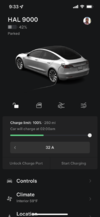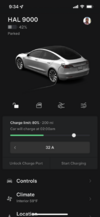Candleflame
Active Member
looks right, especially considering how cold it is this is actually REALLY decent. You either had rear wind or didnt drive very fast.
When I drive on our country lanes (110ish km/h with a bit of 120-130kmh while noone is looking) in our hot weather with only AC I use around 280wh/mile -> and thats without heating. though i have rimetrix aeros which arent as good.
When I drive on our country lanes (110ish km/h with a bit of 120-130kmh while noone is looking) in our hot weather with only AC I use around 280wh/mile -> and thats without heating. though i have rimetrix aeros which arent as good.
Last edited:




